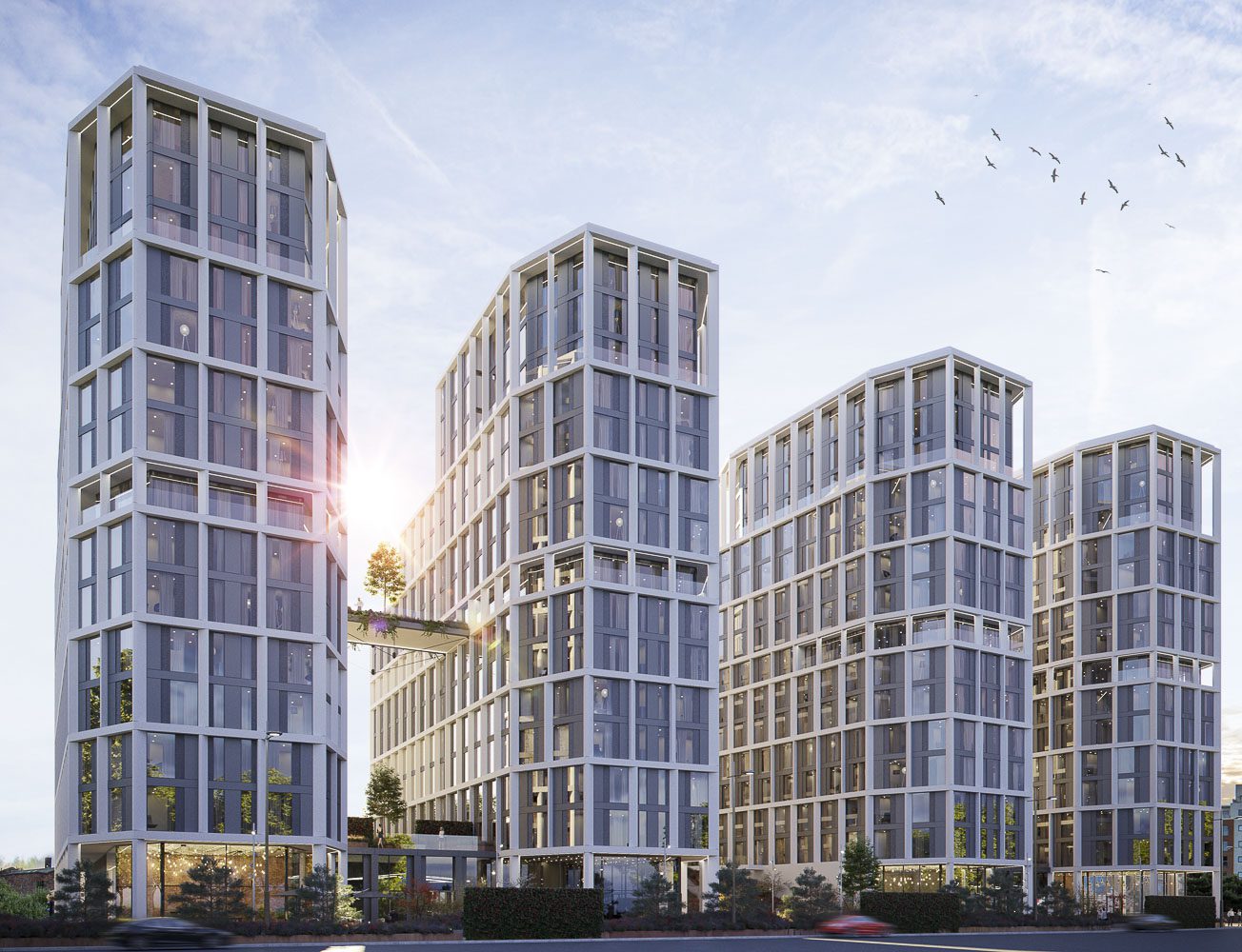While there are several key reasons why buying buy-to-let property is worth it, there are some downsides which make many landlords think that real estate investment property is no longer the best choice in 2024.
Property Prices Can Be Expensive
The current average UK property value is currently £264,244. Naturally, this is an incredibly high number which is likely to rise, and this can put many landlords off from buying real estate.
While there are various ways to combat high house prices in the property market, including borrowing money with a buy-to-let mortgage, there is no escaping the fact that you’ll need a considerable amount of cash before you can start real estate investing.
Combine this with the fact that interest rates for buy-to-let mortgages have been steadily rising for the past year, and investing in property can be more expensive for some than it has in the past.
Of course, this property cost is for the entire UK average. You can find far cheaper properties closer to £100k depending on what property type you want and which city you look for.
For our money, you can maximise your investment potential by securing a buy-to-let apartment in a city centre location like Liverpool, which will be available at far closer to £100k, while also offering strong returns upwards of 6% NET.
Real Estate Ongoing Costs Can Be Pricey
Alongside the higher prices for purchasing buy-to-let property, there are also many monthly expenses to deal with that aren’t present in alternative strategies like stock investing.
To afford the money involved with buying an investment property in the UK housing market, you’ll likely opt for a buy-to-let mortgage.
These work differently than traditional mortgages, as you’ll need to pay a 25% deposit. They’re also interest-only, which means you will only pay the interest each month without touching the overall debt.
Lenders will have a more thorough application process than for traditional residential mortgages, and you will need to be able to prove the returns you will make from the property will be enough to pay the mortgage.
Stamp duty tax is another high entry cost, with buy to let investors paying a 3% surcharge on top of standard rates (check out our stamp duty guide to learn more).
You may also need to set aside a cash buffer, roughly around £2000 is recommended, to help deal with any unexpected costs that may occur.
All the costs you can expect to pay include:
- Stamp Duty tax
- Mortgage interest payments
- Tax bill including property taxes like income tax or capital gains tax
- Maintenance costs
- Legal fees
- Land Registry fees
- Homeowners Insurance
- Estate agent fees
- Ground rent
- Property management fees
You shouldn’t be put off by all these costs as you can earn some serious returns, but it’s important to note that you will need money for investment in real estate.
Overall, if you’re asking, “how much money do you need to invest in property?“, our research suggests you’ll need around £30k to cover the entry costs of buy-to-let property.
Mortgage Tax Relief is Lower Than It Ever Has Been
A factor that has impacted buy to let as a worthwhile investment is the tax bill.
Buy to let profits have changed due to a host of changes to tax incentives and tax relief.
One big factor is the reduction in mortgage interest relief since 2017, with basic rate taxpayers and higher rate taxpayers no longer able to reduce their tax bill and deduct mortgage expenses from rental income.
Instead, landlords now get a tax credit fixed at 20%. While this won’t impact basic rate taxpayers, it has significantly impacted higher rate taxpayers who previously saw a 40% tax relief.






